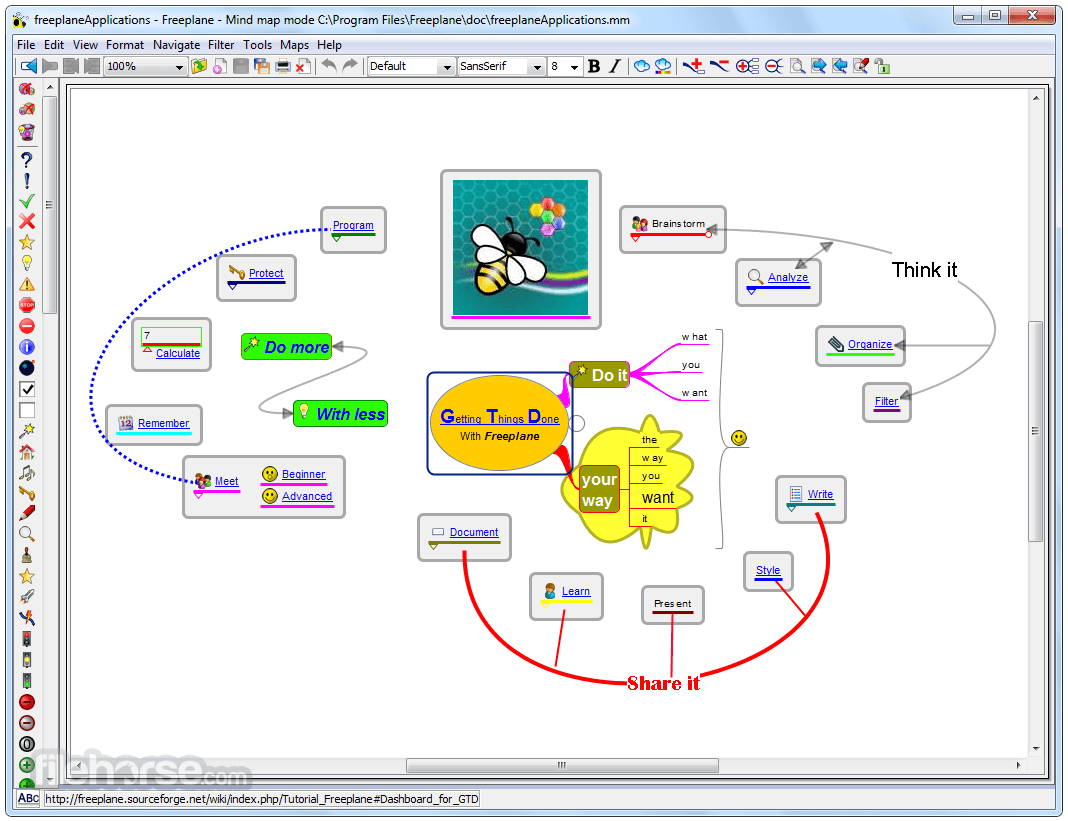
- #SETTING ENVIRONMENT VARIABLES FOR JAVA IN MAC MAC OS X#
- #SETTING ENVIRONMENT VARIABLES FOR JAVA IN MAC MAC OSX#
"oracle8dam.ini": "NLS_LANG=AMERICAN_AMERICA.WE8ISO8859P1, TNS_ADMIN=/instantclient_11_2" "odbcdam.ini": "ODBCINI=/Library/ODBC/odbc.ini, MYVAR=Custom value", Instead, DAMs now look inside the "macOS" section of the Omnis Studio config.json file, for example: In Studio 10.1 and later, xcomp/ini/damxxx.ini files previously used to set environment variables on macOS are no longer used. Setting Environment Variables using config.json For example:ĭo putenv('NLS_LANG','AMERICAN_AMERICA.WE8ISO8859P1')ĭo putenv('TNS_ADMIN','/Users/myUser/instantclient_11_2')/ The Omnis library can set shell environment variables itself. Note that following implmentation of the Omnis putenv command, xxxdam.ini files are no longer required. Here will override any values set by other means, e.g. Unfortunately, they are of little use in setting DYLD_LIBRARY_PATH, since they are only read and processed once the DAM has already loaded and any clientware dependencies resolved.ĭAM.ini files can be used to set vendor specific variables, such as ODBCINI, NLS_LANG and SYBASE_OCS although it should be noted that any values set Omnis.app/Contents/MacOS/xcomp/ini/oracle8dam.ini) were conceived as a way to allow environment variables to be set independently of (in the absence of ) the ist file. The "damxxx.ini" Files Deprecated content! This section has been hidden by default because damxxx.ini files are no longer used in Studio 10.1 and later.

$ export DYLD_LIBRARY_PATH=/Applications/SQLAnywhere11/System/lib32
#SETTING ENVIRONMENT VARIABLES FOR JAVA IN MAC MAC OS X#
Prior to Mac OS X 10.5 (Leopard), it was not possible to set the DYLD_LIBRARY_PATH variable inside the ist file the value assigned there was A slightly more complex solution is required in order to make launchctl assignments automatically during logon: When set using terminal session, variable values are inherited by all system processes but the values are lost when the system is rebooted. Launchctl setenv DYLD_LIBRARY_PATH /Users/myUser/instantclient_11_2/

Support for this mechanism was never fully implemented however and support for /etc/nf was officially withdrawn as of MacOSX 10.10 in favour of a different approach: launchctl.Īs of MacOSX 10.10 (Yosemite), it is possible to use the launchctl command to set enviroment variables within a user's session. ~/.nf require the user to logout and login in order to take effect.

Setenv DYLD_LIBRARY_PATH /instantclient_11_2Ĭreating or modifiying /etc/nf requires administrative privileges and a reboot is required in order for changes take effect. This allowed environment variables to be set in similar fashion, e.g. Instead, the recommended approach is that the system /etc/nfįile or the user's ~/.nf file is used.
#SETTING ENVIRONMENT VARIABLES FOR JAVA IN MAC MAC OSX#
This mades it straight forward to configureĪccess to client libraries and start Omnis by simply double-clicking the Omnis icon in the Finder.Īs of Mac OSX 10.8 (Lion) however, the ist file is no longer recognised. With the advent of Leopard, it was possible to set DYLD_LIBRARY_PATH in the ist file.


 0 kommentar(er)
0 kommentar(er)
